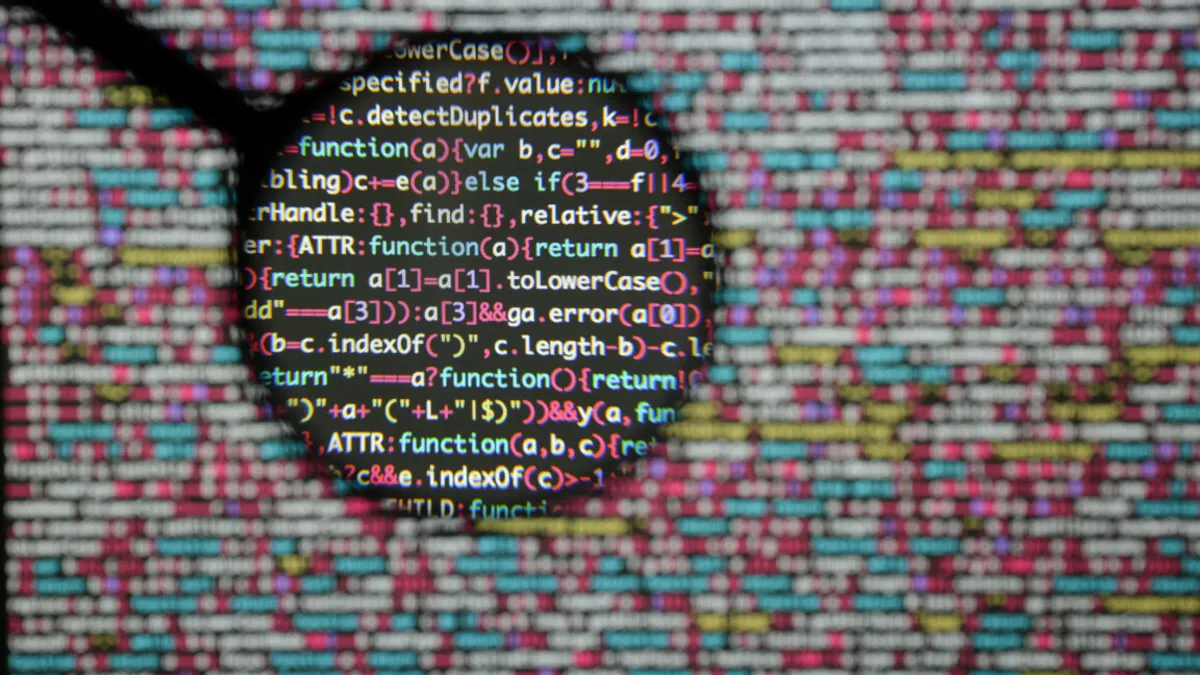
In recent years, the field of software development has witnessed a significant surge in the deployment of artificial intelligence (AI). Innovations such as vibe coding, GitHub Copilot, and various startups leveraging large language models (LLMs) to create rapid prototypes demonstrate the profound impact of AI on coding practices. Despite these advancements, experts caution against the notion that we are on the brink of AI agents completely replacing programmers. A critical area where AI still struggles is debugging, a task that consumes a considerable amount of a developer's time.
Microsoft Research has developed a new tool known as debug-gym, designed to evaluate and enhance the debugging capabilities of AI models. This innovative environment, which can be accessed on GitHub and detailed in a blog post, allows AI models to test and debug existing code repositories using tools that have traditionally not been part of their capabilities. Through this approach, Microsoft found that AI models, when placed in this enriched debugging context, show improvements, but they still fall short of the proficiency exhibited by experienced human developers.
According to Microsoft’s researchers, debug-gym significantly expands the action and observation space for AI agents. It provides them with the ability to set breakpoints, navigate through code, print variable values, and create test functions. Additionally, agents can interact with debugging tools to investigate or modify code when they feel confident. This interactive debugging approach aims to empower AI coding agents to handle real-world software engineering tasks, marking a pivotal move in LLM-based agent research.
Despite the advancements made with debug-gym, the results indicate that AI models still struggle with debugging tasks. The best success rate achieved was only 48.4%, which highlights that current AI models are not ready for widespread use in software development. This limitation stems from models not fully understanding how to utilize debugging tools effectively and the inadequacy of their training data, which does not cater to the demands of sequential decision-making behavior, such as debugging traces.
Microsoft's blog post indicates that this initial report is just the beginning of a broader research initiative. The next step involves fine-tuning an info-seeking model that specializes in gathering the necessary information to resolve bugs. For larger models, it may be more efficient to develop smaller info-seeking models that can provide relevant insights to enhance the larger models’ performance.
Past studies have shown that while AI tools can produce applications that seem suitable for narrow tasks, they often generate code riddled with bugs and security vulnerabilities and lack the capability to rectify these issues. The journey towards effective AI coding agents is still in its infancy. Most researchers agree that the most feasible outcome will be an AI agent that significantly reduces the time required by human developers, rather than one that can fully replace them.
In conclusion, while AI continues to reshape the landscape of software development, the current state of debugging capabilities highlights the challenges that still lie ahead. The developments from Microsoft Research, particularly through tools like debug-gym, pave the way for future advancements, but a collaborative approach between AI and human expertise remains essential for overcoming these challenges.